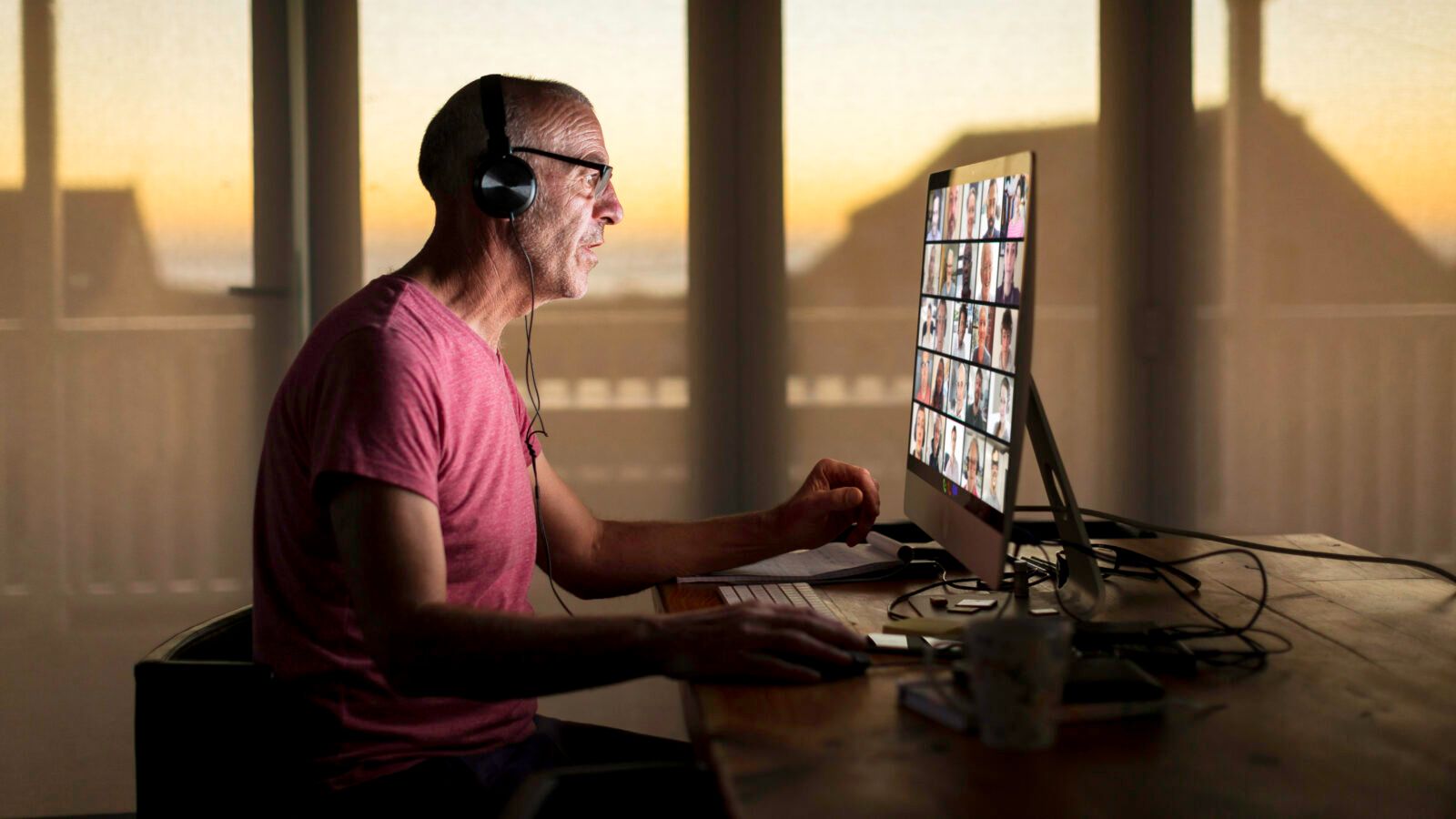As posted on OZY.com
[Photo Credit: OZY.com]
Because we can only have so many Zoom meetings before creativity hits rock bottom.
Zoom does its job — and does it well. Its adoption will continue to grow as more companies commit to fully or flexible remote schedules for the next few years (or forever, as is the case with Twitter, JPMorgan and others). But Zoom lacks one crucial office-life component: creative inspiration.
The ability to be creative leads to boundless ideas, but it’s often the result of in-person interaction. Creativity is what prompted Steve Jobs to redesign Pixar’s offices with serendipitous exchanges in mind. And it’s why I built a series of dedicated brainstorming spaces during my time as head of innovation and creativity at Disney. Although Zoom can bring faces and voices together, it fails to digitize that creative environment over our Wi-Fi connections.
But there’s a solution, and it comes from an industry that’s been crafting addictive virtual experiences since the crude lines and dots of Pong emerged 48 years ago: video games. Why? Because they’re a surefire way to spark creativity. According to a report by the Entertainment Software Association, 65 percent of American adults already play video games with some sort of regularity.
YOU CAN GO TO THE AUDITORIUM TO WATCH A PRESENTATION OR GET VIRTUAL EXERCISE PLAYING SOCCER OVER LUNCH.
If that sounds surprising, it shouldn’t. Modern video games are incredibly engaging for players of all ages, and blockbusters like Fortnite are dominating with their ability to immerse players in a new world. Gamers no longer control just the player on the screen. They are the player on the screen, interacting with others through live audio feeds as they work together to win. This means video games also prompt the types of behavior companies want to encourage in their employees.
In fact, recent research from Iowa State University suggests open-ended video games can actually foster the creativity that Zoom fatigue kills. Imagine the inspiration your company could create if you could bring the joy of immersive video game environments into remote workspaces. As it turns out, this future might be closer than we think. (Just listen to the Future of X podcast covering gamification in business, and you’ll be convinced.)
Several forward-thinking startups have already begun applying the video game format into work-suitable solutions. And having been a keynote speaker at virtual events in several of these digital worlds, I can say with certainty that this is the future of remote work. Whether users control an avatar on the screen or are fully immersed with VR’s help, these solutions make work fun, interesting and creative again.
Take VirBELA, where employees craft a digital avatar and navigate a corporate campus that would put even the most lavish Silicon Valley firms to shame. In VirBELA, you walk from meeting to meeting. You bump into people waiting for virtual coffee. You can go to the auditorium to watch a presentation or get virtual exercise playing soccer over lunch. Sure, it’s all on screens — but it feels much more real. It’s the exact serendipity Jobs worked so hard to create at Pixar. And it’s what ultimately will help bring back creative inspiration to your office.
Taking things one step further are VR-enabled tools like Spatial and Gemba Live. Through the power of an Oculus VR headset (currently $399, or roughly one-third of what a traditional business trip costs per employee), users from across the globe can come together and interact as if they were in the same conference room.
Have an idea? Grab a pen and write it on the whiteboard. Or write it down and pass it to your co-worker across the table. Whether employees are 10 blocks or 10 time zones away, these VR-enabled tools are truly immersive experiences, recreating the magic of office interactions in a way Zoom never could.
As companies and employees come to grips with the future of work, everyone knows for certain that it’ll never look the same. The good news is we don’t need to recreate the office. After all, employees are more than capable of making their own watered-down coffee at home. But we do need to revive the creativity that’s been lost in the shift to remote.
Digital collaboration must become more immersive and inspirational to stay successful. By looking outside the traditional business software industry and taking notes on all the amazing strides video games have made over the past 50 years, we can create a virtual office that really does work.




